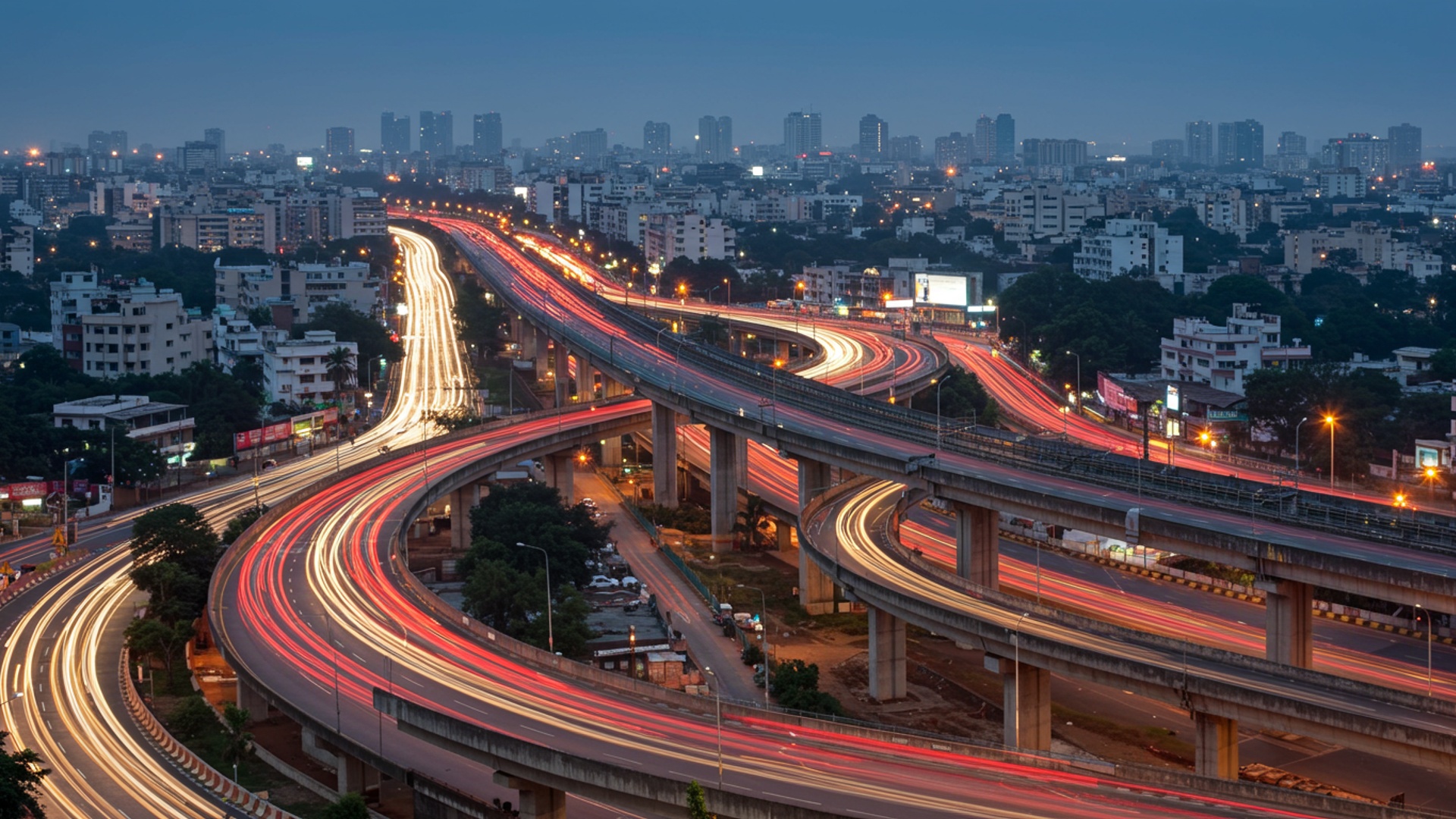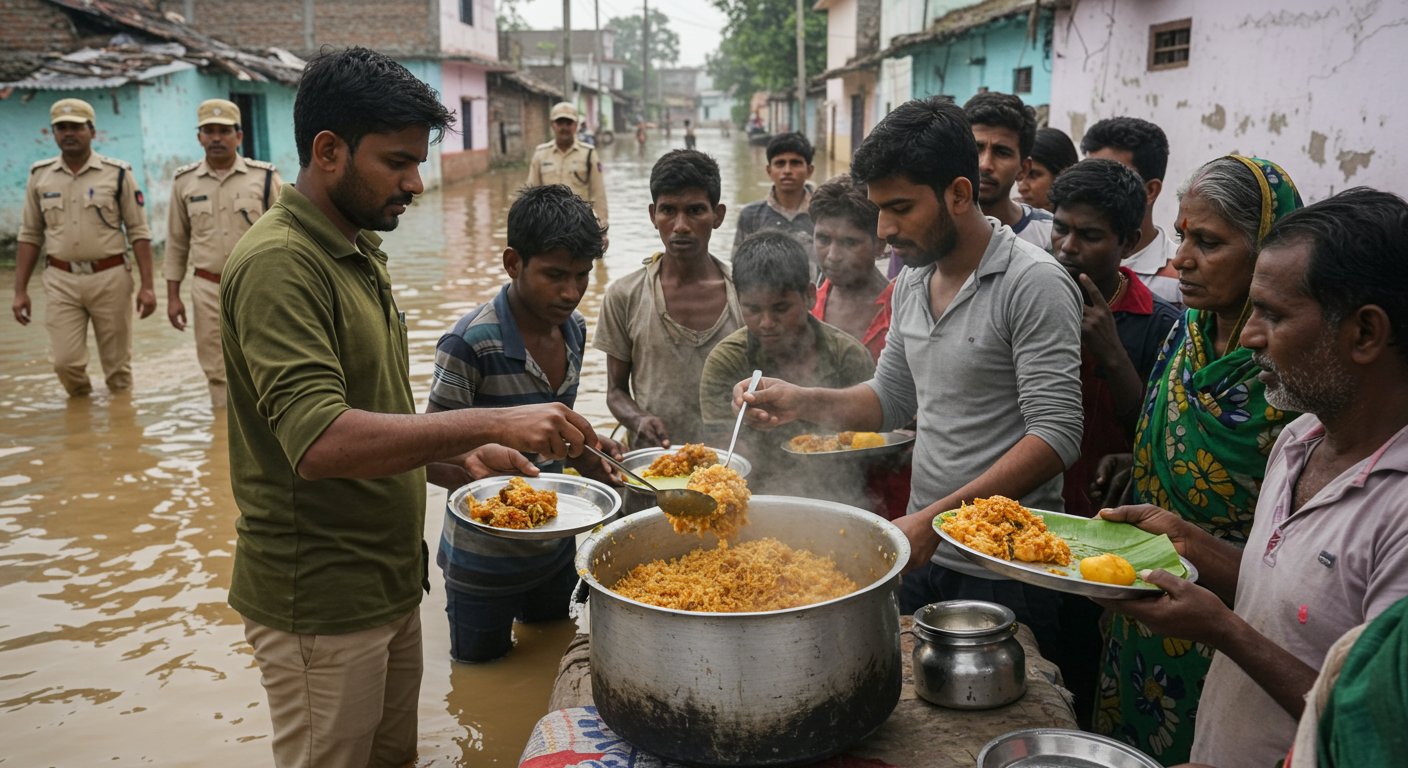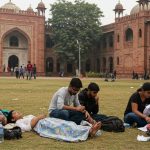Karnataka is pushing for a massive financial injection, asking for trillions of rupees, to completely change Bengaluru’s city systems and fix its long-standing problems. This urgent demand aims to upgrade old roads, improve drains. build better public transport across the fast-growing city. With daily struggles like traffic jams impacting residents, leaders say this huge amount of money is needed now to create a strong, new Bengaluru for everyone.
The Big Demand for City Improvements
The state government of Karnataka is asking for a huge amount of money, about 1. 5 trillion rupees, from the central government. This large sum is needed to fix many long-standing problems in Bengaluru, the capital city. The money would go towards making traffic better, updating public travel. improving basic city services.
Deputy Chief Minister D. K. Shivakumar gave a letter to the Prime Minister during a recent visit to Bengaluru, explaining the urgent need for these funds. He also sent a similar request to the Union Finance Minister earlier in January 2025 for the national budget. The city, known as India’s main technology hub, faces big issues because it has grown so quickly.
Why the City Needs a Big Boost
Bengaluru has grown very fast, with its population rising from about 8 million people in 2010 to around 14 million today. This quick growth has put a lot of pressure on the city’s roads and services. Traffic jams are a daily problem, causing people to spend hours on the road. Many roads have holes and are not kept well. heavy rains often cause floods. Reports show that Bengaluru loses more than 200 billion rupees each year because of traffic jams.
The city’s transport system has not kept up with the number of people living and working here. There are about 1. 4 crore (14 million) vehicles on the roads every day. not enough space or good planning to handle them. This has led to a bad reputation for the city’s roads and overall infrastructure.
Projects Planned with the Funds
The Karnataka government has a list of crucial projects for Bengaluru if it gets the needed funds. These projects aim to change the city’s future by making travel easier and improving basic services.
- Urban tunnels and elevated roads: Plans include about 77. 6 kilometers of new tunnels and elevated paths to ease traffic. This involves underground links from Hosur Road to Bellary Road and elevated expressways. The estimated cost for these is around 567. 8 billion rupees. There is also a plan for a 60-kilometer tunnel road project that could cost 300 billion rupees, discussed with central ministers.
- Peripheral Ring Road (PRR): This will be a 73. 04-kilometer, eight-lane road that goes around the city. Its purpose is to direct heavy vehicles away from the main city roads, which would help reduce traffic. This project alone is expected to cost about 270 billion rupees, with a big part of that going towards buying land. This road has now been renamed as the Bengaluru Business Corridor.
- Metro system expansion: The metro network is planned to grow by about 81. 65 kilometers, with an additional five new lines covering 128 kilometers. These new lines would connect parts of the city that are far out and nearby towns. The Yellow Line metro section, about 19. 15 kilometers long, was recently opened, showing ongoing progress.
- Double-decker elevated roads: New roads are planned to be built above existing metro lines, covering about 40. 6 kilometers. These would be along the JP Nagar–Hebbal and Hosahalli–Kadabagere stretches, costing around 89. 16 billion rupees.
- Waste management plants: Four large plants for handling city waste are planned. Each plant would be on 100 acres of land and would be able to process waste through composting, recycling. turning waste into energy.
- Roads along water drains: About 300 kilometers of new roads would be built along stormwater drain areas. This would help fix problems with illegal buildings and add more road space. This work is estimated to cost 30 billion rupees.
- Improved water supply: The sixth phase of the Cauvery Water Supply Scheme aims to add 500 million liters of water per day by 2028. This project has an estimated cost of 69. 39 billion rupees. The World Bank has also approved a 426 million dollar program to improve water security and flood readiness in Bengaluru, which includes fixing 183 lakes and upgrading old water pipes.
- Rapid Rail Transit System: There are plans for five fast train lines that would connect Bengaluru to nearby cities like Mysuru, Kanakapura, Tumakuru, Chikkaballapur. Kolar.
How the Money Might Be Found
The state government is looking at several ways to get the large amount of money needed for these projects. The main request is for central government funding. But, there are other sources too.
Karnataka Deputy Chief Minister D. K. Shivakumar stated, “As Karnataka is the second-highest tax-paying state in the country, contributing about 4. 5 lakh crore rupees annually to the national treasury, I ask the Government of India to give funding support to Bengaluru just like Delhi, so the city can become a truly global big city.”
The state budget also plays a part. The annual money given to the city’s main civic body, Bruhat Bengaluru Mahanagara Palike (BBMP), has been increased from 30 billion rupees to 70 billion rupees. A special group will be set up to manage these funds and ensure projects are carried out well.
The BBMP itself plans to borrow about 390 billion rupees for big projects like tunnel roads and elevated corridors. is asking the state government to guarantee these loans. This is a new step for the BBMP, which usually relies on government help and its own money.
International help is also a source. The Asian Development Bank (ADB) has already provided a 500 million dollar loan to expand Bengaluru’s metro rail network, helping build new metro lines. The World Bank’s recent approval of a 426 million dollar program for water and flood projects also shows outside support.
Some projects, like the Peripheral Ring Road, might use a mix of public and private money. There are also ideas like charging tolls on new tunnel roads to help pay back loans.
Government’s Hopes and Challenges
Government officials believe these large investments will bring many benefits to Bengaluru. They expect smoother travel, a cleaner city, better living conditions for people. more businesses coming to the city. Chief Minister Siddaramaiah has pointed out that the state has put in a lot of money into the metro project, sometimes more than the central government.
But, there are also big challenges. Buying land for these huge projects can be difficult and can cause delays. Making sure the projects are of good quality and that money is used wisely are also major tasks. The city’s home minister, G. Parameshwara, has said that Bengaluru was not built for its current large population and number of vehicles. that long-term planning is key.
What City Experts and People Say
City planning experts have mixed feelings about some of the proposed big road projects like tunnels and flyovers. They say these might only temporarily ease traffic for private vehicles but do not fully solve the problem of moving people, sometimes just shifting traffic to other areas. Some experts also highlight a lack of clear management and public input in city planning decisions.
Citizen groups are very active in Bengaluru. Groups like ‘Let’s Move Bengaluru’ and the Bangalore Political Action Committee (BPAC) have pushed for better public transport, like more buses and bus lanes, instead of just building more roads. They often ask the city government to fix basic issues like potholes and bad drainage. While some groups have successfully worked with government bodies to improve specific areas, many still ask for local elections to be held so that local representatives can better address people’s daily problems.
From the business side, infrastructure improvements are seen as very positive. Better roads and metro lines increase the value of properties, especially near new transport links. This attracts more businesses and people to live and work in Bengaluru, helping the economy grow.
Looking at the City’s Journey
Bengaluru has always been a city of fast growth, first as a trading center, then for public sector companies. now as a major hub for technology and insights services. This rapid growth, But, has meant that its roads and services have often struggled to keep up. The current efforts to get large funds are part of a continuous struggle to build a city that can handle its large and growing population.
What Happens Next
The state government now needs to finalize detailed plans for these projects and get all the necessary approvals. The next step will be to secure the promised funds and start the construction work. This is expected to be a long-term effort, as such big changes take many years to complete. The aim is to make Bengaluru a city that works well for everyone, supports its economy. remains a top global center.
![]()










